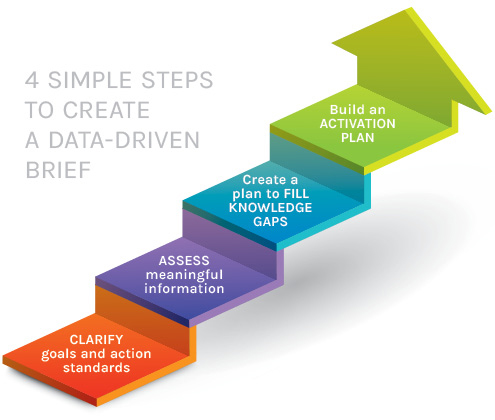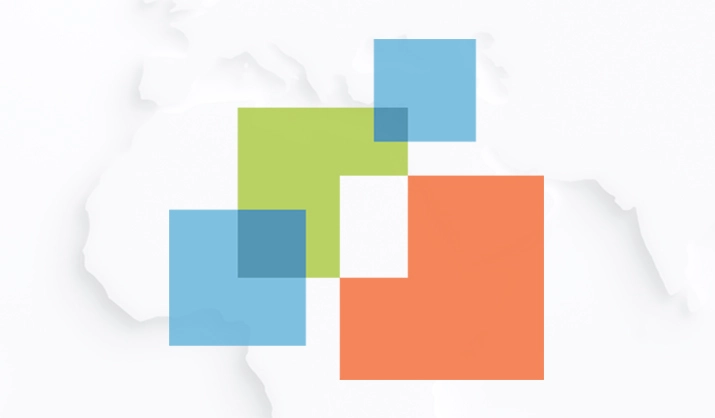Ralph Waldo Emmerson said, “Life is a journey, not a destination.” But what happens if you get lost in the desert? Or, what if the journey itself isn’t all that great? It may be the analytical researcher in me, but I tend to take a different lens on life, and on business; one that places importance on setting goals and striving to achieve more than I did yesterday. And, I’ve found that the best way to do that is to set a clear path from the beginning.
This doesn’t mean all things will go as planned. Or, anything will go as planned for that matter. But, if you know where you’d like the finish line to be, it will be easier to map out the best way to get there. This is as true for brands as it is for life goals.
If you know where you’d like the finish line to be, it will be easier to map out the best way to get there.”
Think about setting a path for your brand much like you lay out a brief for an agency. You outline what your end game is, identify what you know today that helps you get to that endgame, and then figure out where you need to fill in the blanks. If you can do that on a smaller scale for a research brief, why wouldn’t you do it on a broad scale for your overall brand?
Here are 4 simple steps you can take to create a data-driven brief:
1. Clarify your goals and action standards right from the start
Setting goals and action standards in the beginning of any project has many benefits. Specifying project objectives and goals facilitates team alignment and allows for stakeholder buy-in upfront. While establishing action standards and/or benchmarks ensures both internal and external stakeholders know what constitutes a ‘win’. So, what are the overall goals for your brand, and what are the ways you can measure progress towards these goals? Determining these things at a macro level will ensure all your efforts are in service of the bigger picture.
2. Assess what information you already have on hand that meaningfully supports those goals
We live in the age of information. While this has many benefits, there can sometimes be an overabundance of information. This makes it crucial to figure out what you have that is just information vs. what you have that is meaningful information. Taking this step will help ensure all internal and external stakeholders are armed with knowledge that will keep focused on your goals.

Specifying project objectives and goals facilitates team alignment and allows for stakeholder buy-in upfront.”
3. Create a plan for how best to fill in the knowledge gaps
Once you know what you know, you can readily identify the gaps. From there it’s a short path to determining the best means for filling these gaps: is it desk research, the use of primary data sources, or some type of custom research? You can be confident that additional data collecting will be impactful because you’ve thoroughly assessed what you do/don’t have vs. your goals.
4. Build an activation plan to ensure your work comes to fruition
The last thing anyone wants is to have an abundance of knowledge and great insight with no way of putting it to action. So, make sure an activation plan lives alongside the research plan. This will allow you and your team to hit the ground running for turning the new data you gather into impactful business decisions.
This data-driven approach will make it easier for you to periodically assess how you’re progressing vs. your goals. Are you track? Are there new barriers to address? Should you pivot and/or adjust your goals? These guidelines will help you stay focused on your end game, and develop a strategy for driving your brand’s success.
Ready to map out the plan for your brand? Contact us.





